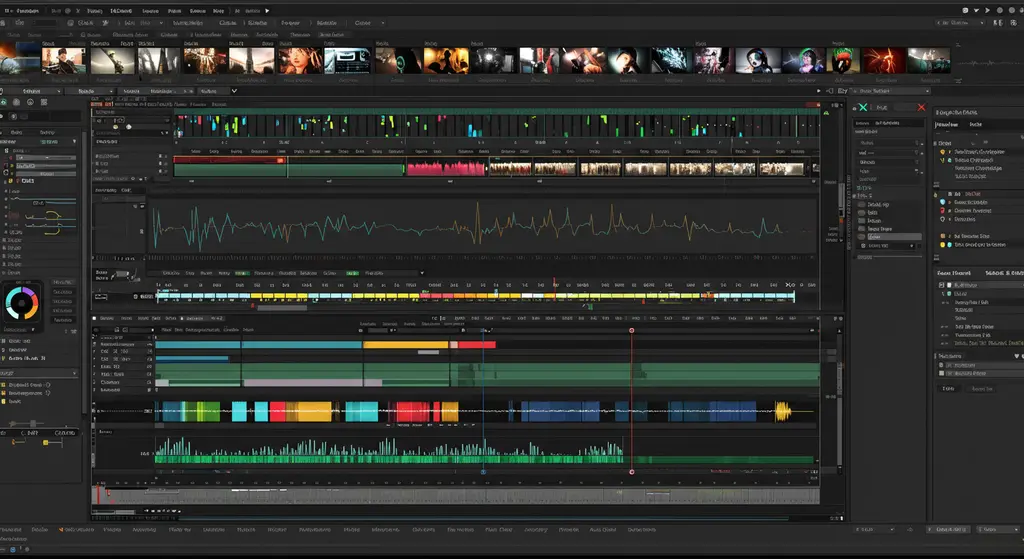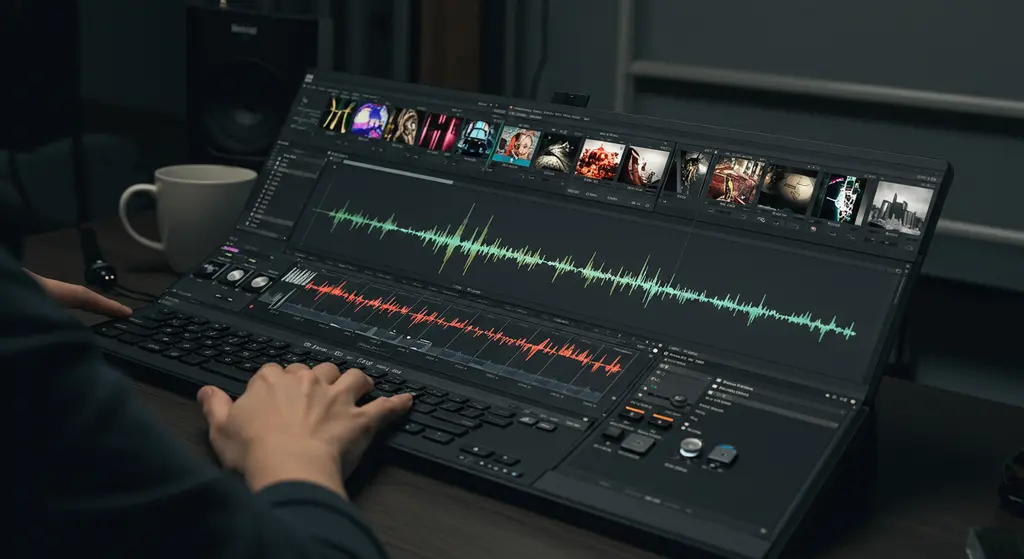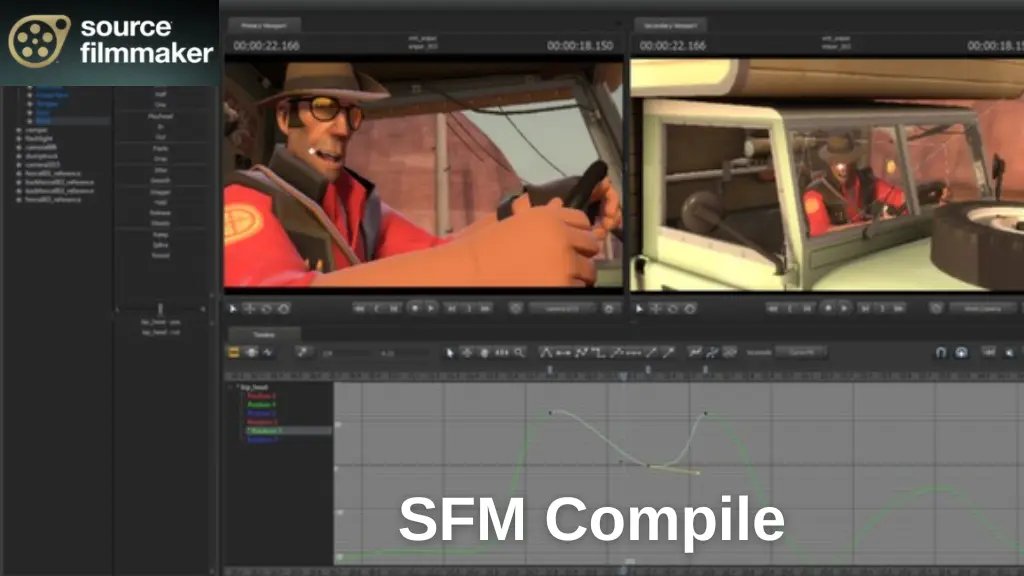SFM Compile Guide: Learn to Compile Animations Like a Pro (Fast & Easy)
SFM Compile is a tool that makes Source Filmmaker (SFM) projects easier to manage. It helps users compile animations, models, and scenes into cleaner, more organized files. From what I’ve seen, this tool saves a lot of time and reduces errors during project builds.
If you use SFM for making videos, regardless of whether you are a new user or a professional, SFM Compile ensures things go smoothly. In this article, I’ll break down what it does, how it works, and why it matters.
What is SFM Compile?
SFM Compile means changing 3D models, textures, animations, and maps into formats that SFM is able to use. You need to compile your assets into particular formats since SFM doesn’t accept the OBJ, FBX, or PNG files in their original state.
- Models: Compiled into.MDL files using tools like Crowbar or StudioMDL.
- Textures: Converted to.VTF format using VTFEdit.
- Animations: Exported as.SMD files and compiled with QC scripts.
Organizing these items in this way helps ensure that the software in SFM will not have problems with missing textures or broken animations. Tools like Crowbar, StudioMDL, and VTFEdit are commonly used in this process.
Some creators also follow content guides shared by communities like Geekzilla Radio, which often highlight the best practices for compiling assets efficiently.

Key Features of SFM Compile
When I first started using Source Filmmaker, organizing my files was a total mess. That’s when I found out how helpful SFM Compile is.
Easy Model Compilation
SFM Compile makes it simple to turn 3D assets into usable SFM models. It supports formats used in popular games, including models such as those in games like GTA Vice City. This helps creators bring familiar characters and environments into their animation projects.
Smooth Texture Conversion
The tool converts image files into Valve’s VTF texture format. This prevents missing texture errors that usually slow down or break your project. It ensures every model and prop looks exactly the way it should inside Source Filmmaker.
Reliable Animation Support
Animation files can be compiled into SFM-ready sequences with fewer errors. The system reads SMD and DMX files and prepares them for use in complex scenes. This reduces frame drops and syncing issues during rendering.
Organized Folder Output
SFM Compile keeps all files—models, textures, scripts—in neat folders. This saves users time when searching for assets or troubleshooting errors. A gold standard project organization like this is key for big or team-based projects.
Map Compilation with Hammer Editor
It helps convert map designs into BSP files using tools like the Hammer Editor. This allows creators to use custom environments without relying only on SFM’s default maps. Compiling maps this way improves performance and realism.
How to Use SFM Compile?

When I first looked into using SFM Compile, I thought it would be too technical. But once I followed these steps, it all made sense and saved me hours of stress.
Download and Install the Required Tools
SFM Compile doesn’t work alone—it needs a few support tools. These include Crowbar for model compiling, VTFEdit for textures, and Notepad++ for editing QC scripts. You can download them from trusted sites like GameBanana or Steam community threads.
Prepare Your Files
Place your model source files into a clean working folder. These usually include .SMD, .QC, and any texture files like .TGA or .PNG. Keeping your folders clean helps avoid issues during compiling.
Set Up Your QC Script
The QC file tells the compiler how to build your model. It includes info like the model name, texture paths, and animation sequences. Make sure paths in the script match your folder structure exactly.
Compile the Model Using Crowbar
Open Crowbar and load your QC file to start compiling. Choose “Compile” and let it run until you see a success message. If the model is set up correctly, Crowbar will create a .MDL file ready for use in SFM.
Convert Textures Using VTFEdit
Drag your texture images into VTFEdit to convert them into .VTF files. Then save them into the correct folder inside your SFM directory. This ensures your model loads with all textures displayed correctly.
Organize Files into the SFM Folder
Move your compiled model and texture files into your SFM “models” and “materials” folders. Use a consistent naming system to make it easy to find and use later. This step is like organizing your bitcoin in a bitcoin wallet—clean folders save time and stress.
Test the Model in Source Filmmaker
Open SFM, start a new project, and try loading your new model. If it appears correctly, with textures and animations working, the compile was successful. If not, double-check your folder paths and QC settings.
Performance Tips for Large SFM Projects
When working on large Source Filmmaker (SFM) projects, performance can slow down quickly. To keep things smooth,
- Optimize your models by reducing polygons and using efficient textures.
- Organize your files clearly to avoid loading delays.
- Use proper lighting and limit complex effects to improve render times.
- Make sure your computer hardware supports the workload.
Following these tips can help your big projects run faster and smoother without losing quality.
Conclusion
SFM Compile makes working with Source Filmmaker much easier and more organized. It helps turn models, textures, and animations into clean, ready-to-use files. By making use of Crowbar and VTFEdit, you can have fewer setbacks and accomplish more with your work faster.
It’s great for both beginners and experienced creators. If you’re tired of broken models or missing textures, this tool is a real time-saver. Give it a try—you’ll be surprised how much smoother your projects can run.
FAQs
Common tools include Crowbar for compiling models, VTFEdit for converting textures, and Notepad++ for editing QC scripts. They assist in making assets that can be used with SFM.
QC files are text files that give directions for building new models in SFM. They define model properties such as animations, materials, hitboxes, and physics. Accurate QC files are crucial for ensuring that models behave as intended.
This error occurs when a model has an excessive number of vertices. To resolve it, reduce the polygon count of the model using 3D modeling software like Blender or Maya before compiling.







